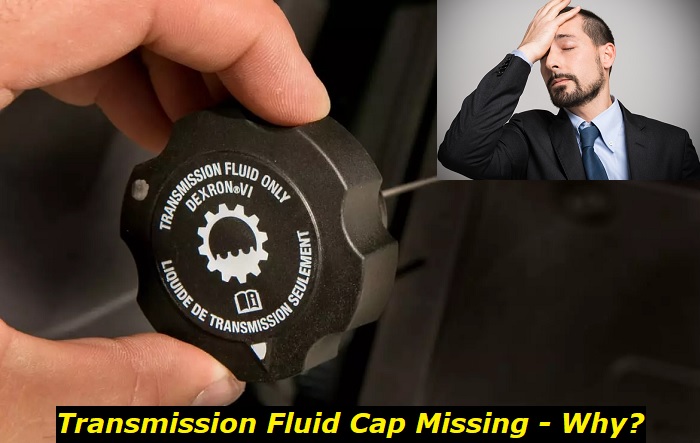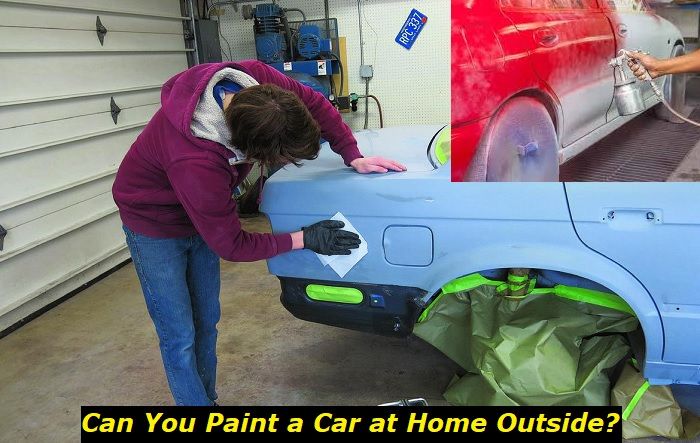The transmission fluid cap is an essential component in your vehicle's transmission. Without it, the transmission fluid can leak out and cause damage to other components in the system. The cap also helps keep dirt, dust, and other contaminants from entering the transmission fluid. This keeps the fluid clean and prevents wear on internal parts such as bearings, seals, and gears.
Fluid level check highlights
- Level of importance:High
- Time interval:Once every 6 months
- Needed expertise:Basic
- Needed tools:None
- Time taken:5-10 minutes
- Possible issues:Transmission failure, problems with torque converter, jerking, overheating, slipping.

Investigating the Probable Reasons Why Your Transmission Fluid Cap May Be Missing
Along the way, it's important to get to the root of the problem to see whether or not there's a more serious issue at play that needs your immediate attention. There are many reasons why your transmission cap may be missing, these can range from factors within or outside your control. Nevertheless, you should investigate all possible angles for your peace of mind, for the accountability of the person responsible, or to address any potential problem brewing in your vehicle.
Among the possible scenarios that may have led to your transmission fluid cap going missing can be any of the following:
1. The Mechanic Forgot to Put It Back
Your mechanic may have inadvertently forgotten to put it back on during a service. It is important for mechanics to double-check all components after servicing as any loose part can lead to problems down the road.
2. A Mistake on Your Part
You, as the owner, may have removed it and forgotten to put it back on when checking transmission fluid levels. This oversight can be easily avoided by taking notes or placing a reminder sticker near the cap for future reference.
3. Defect on the Product
The transmission fluid cap itself may be defective and simply won't stay in place properly, even after replacing it with a new one multiple times. If this is the case, contact your vehicle manufacturer or local dealer immediately as they should provide you with an updated version.
4. Overheating Components
Overheating may have caused the plastic material to warp, leaving the cap loose and allowing it to pop out. This is a common sign that your transmission fluid needs immediate attention as continued overheating may result in further damage.
5. Others
Other potential causes can include tampering, collision damage that dislodged the cap, or malfunctioning components of your vehicle body causing the transmission fluid cap to be shaken loose. In any case, it is important to identify and diagnose the root cause quickly in order to prevent further complications.
Even though finding a missing transmission fluid cap may seem like an easy fix at first, there are many possible reasons why it might've gone missing-some more serious than others. To ensure your vehicle runs properly and safely in the long term, it is important to investigate all possibilities when faced with this issue. It's always better to err on the side of caution and have a professional check out what might be the cause.
Ultimately, it is your responsibility to ensure that all components of your vehicle are in working order and up to date with your manufacturer's standards. Regular maintenance checks and being mindful of any strange noises or smells can save you a lot of time, money, and hassle down the road. Prevention is always better than cure!
What to Do
Based on the abovementioned scenarios, there are some ways how you can address each situation appropriately.
1. Discuss the Problem with Your Mechanic, Service Center, or Dealership
If it turns out that the mechanic forgot to put your transmission fluid cap back on, contact him or her and explain your situation. Most reputable mechanics will take responsibility for their mistakes and offer a solution in a timely manner.
In most cases, they may return or replace your missing transmission fluid cap if the fault comes on their side of the fence. Likewise, they should be left accountable for any other problems directly caused by their mishap. The resulting repairs arising from such should be taken care of by the erring mechanic or shop without extra expenses on your part, too.
It is for this reason that you should always do a routine check-up for any missing components after bringing your vehicle for servicing. Keep tabs on any missing, misplaced, or damaged components arising from such a mistake, and if possible, make documentation of the issue complete with videos or pictures as pieces of evidence.
Should your mechanic or the auto shop refuse to take accountability or action regarding the additional repairs directly caused by their mistake or gross negligence, bring your case to a legal professional to seek advice on how you can be fairly compensated by the erring party.
2. Find a Replacement
If you yourself are responsible for forgetting to replace the cap, try tracing back your steps prior to the loss of the part. Maybe you just misplaced it or dropped it somewhere. It's likely within the vicinity of the area where you just refilled your transmission fluid or where you tinkered with your transmission.
However, if you can no longer find it, simply buy a new one, which should only cost you between $80 to $250 depending on the make and model of your auto as well as the store where you will be purchasing it. Make sure that the new one is within the specification set by your auto manufacturer.
When doing DIY maintenance, double-check all parts of your vehicle regularly. Keep track of all the loose components by placing them in one area where you can easily spot them after the job. You can also create a checklist to ensure that nothing is left behind during the process.
If you need to drive to a shop with a missing transmission fluid cap, temporarily cover the transmission fluid reservoir with a clean cloth that's duct taped or fastened with a thick rubber band on the sides so it won't come loose or get inside the reservoir. This will help mitigate spilling the fluid in the other parts of your vehicle in the meantime.
Again, this should only be taken as a momentary remedy and not a permanent solution because the fabric can wear easily and it does not serve as a good filter for foreign particles. In addition, avoid using thin or low-quality plastic as a temporary covering as it has a high risk of melting under the high operating temperatures of your auto.
3. Inform the Manufacturer of the Defective Product
Contact the manufacturer or dealer if you suspect that the replacement cap may be defective and seek either a better replacement or a refund. As much as possible, when buying a new transmission fluid cap from a shop, have it installed immediately to test whether or not it snuggly fits in your vehicle.
On the other hand, if you just had the part ordered online and had it delivered straight to your home, be sure to keep the receipt and take videos or photos as shreds of evidence that the product you just purchased is faulty. These will help expedite the process of your exchange or refund later on.
4. Detect Any Overheating Component
Investigate possible signs of overheating components by having professionals at specialized facilities take a look at your vehicle. It's important to repair these components as soon as possible in order to avoid further damage.
The most common cause of overheating in the transmission system is leaks that could lead to a constant drain of its fluid. Insufficient lubrication can generate too much friction in the moving components of your transmission and cause it to overheat. As mentioned, high temperatures can warp your transmission cap, which gradually loosens its grip.
If your transmission fluid levels are always low even just after refilling, it could be an indication of a leak and require further investigation. Also, make sure to check if there is any discoloration of the gear oil that points to contamination from small metal particles.
It's important to have a professional look at any transmission issue you may have as they can determine whether or not the transmission needs repair or even replacement. Additionally, they will be able to diagnose what caused the problem to take preventive measures to avoid it happening again in the future.
If left untreated, overheated components can cause major damage and lead to costly repairs. Taking preventative measures such as regularly checking your transmission for signs of overheating should help ensure that your vehicle stays running smoothly for many years
5. Bring Your Auto for Further Check-Ups
If any of the other scenarios apply due to tampering, collision, or other types of malfunction in your auto, contact your dealership or the nearest automotive shop in your location and explain your situation. The professionals there will be able to identify what might have caused the issue and recommend a solution accordingly.
Conclusion
It is always best practice to take care of any parts that are missing from your vehicle before continuing with regular use, especially the ones related to its performance and reliability such as the transmission fluid cap. With some careful investigation and a little bit of luck, you should be able to locate its whereabouts or have it replaced relatively quickly to dodge more problems along the road.
About the authors
The CarAraC research team is composed of seasoned auto mechanics and automotive industry professionals, including individuals with advanced degrees and certifications in their field. Our team members boast prestigious credentials, reflecting their extensive knowledge and skills. These qualifications include: IMI: Institute of the Motor Industry, ASE-Certified Master Automobile Technicians; Coventry University, Graduate of MA in Automotive Journalism; Politecnico di Torino, Italy, MS Automotive Engineering; Ss. Cyril and Methodius University in Skopje, Mechanical University in Skopje; TOC Automotive College; DHA Suffa University, Department of Mechanical Engineering






Add comment